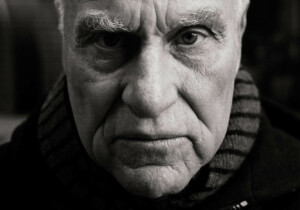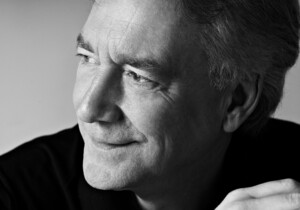Acclaimed structural engineer Leslie Earl “Les” Robertson passed away following a fight with blood cancer at his home in San Mateo, California, on February 11, a day short of his 93rd birthday.
A native of Manhattan Beach in Los Angeles County, Robertson was a towering figure in his respective profession, lending an unfailingly innovative hand to a number of major—and often superlatively tall—projects across the globe including the U.S. Steel Tower in Pittsburgh (Philip Johnson), the Bank of China Tower in Hong Kong (I.M. Pei), Madrid’s Puerta de Europa towers (Johnson and John Burgee), the Shanghai World Financial Center (Kohn Pedersen Fox), and the Meyerson Symphony Center in Dallas (Pei). However, Robertson’s first high-rise commission, the original World Trade Center towers, remains his defining project.
Robertson worked closely with architect Minoru Yamasaki on the project and pioneered several engineering firsts in the construction and design of the mid-century Manhattan mega-project. As detailed in a tribute from LERA Consulting Structural Engineers (originally Leslie E. Robertson Associates or LERA), where he served as founder and former partner, these innovations including the first use of a space-frame megastructure and outrigger for a high-rise building (also later used at the U.S. Steel Tower); the first use of prefabricated multi-column and spandrel-wall panels to allow column-free interior spaces and resist lateral force generated by hurricane winds, and the creation of mechanical damping units to reduce building sway in heavy winds.
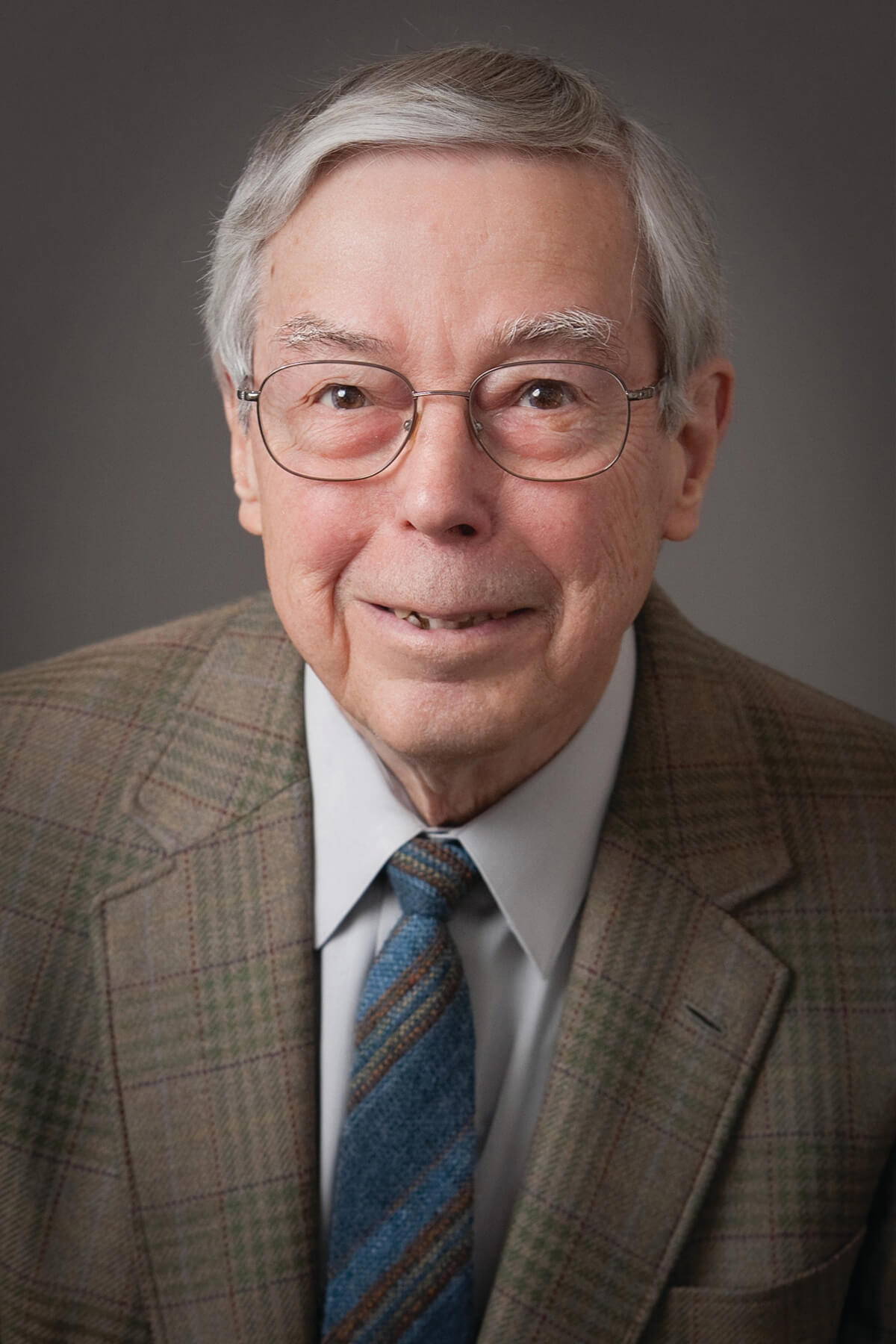
Robertson got his start as a young structural engineer in the early 1950s after graduating from the University of California, Berkeley, with a bachelor of science. A thirty-something-year-old Robertson later found himself in Seattle—hometown and home base of Yamasaki—under the employ of structural and civil engineering firm Worthington & Skilling. Design work kicked off the World Trade Center several years later with Robertson’s firm—then Worthington, Skilling, Helle, and Jackson (WSHJ) and later Skilling, Helle, Christiansen, and Robertson (SHCR) after Robertson was made a partner in 1967—leading the engineering side. SHCR later evolved into Seattle-based Magnusson Klemencic Associates after Robertson split the practice’s New York City office in the early 1980s and founded what today is LERA. Construction on the World Trade Center’s emblematic twin towers at a record-setting 1,368 and 1,362 feet tall above Lower Manhattan, began in 1968 (the North Tower) and 1969 (the South Tower).
Despite his early personal and professional connections to the West Coast, Robertson lived and worked in New York for most of his life, beginning in 1963 when he relocated there to work on the World Trade Center. Per a tribute published by Engineering News-Record, he had only returned to California late last year.
Both a Member of the National Academy of Engineering and a Distinguished Member of the American Society of Civil Engineers, Robertson was bestowed with a multitude of awards and accolades over his long and prolific career. Those include the Mayor’s Award for Excellence in Science and Technology for his structural design of the World Trade Center as well as a World Trade Center Individual Exceptional Service Medal for his work in the reconstruction of the twin towers following a 1993 terrorist bombing. Other industry recognitions (and there are many) include a 1989 Award of Excellence (then Construction’s Man of the Year Award) from Engineering News-Record, the Henry C. Turner Prize for Innovation in Construction Technology from the National Building Museum (2002), and a John Fritz Medal from the American Association of Engineering Societies (2012). He was received honorary degrees from several prestigious universities and served on the boards of a range of organizations including New York City’s Skyscraper Museum and the Architectural League of New York.
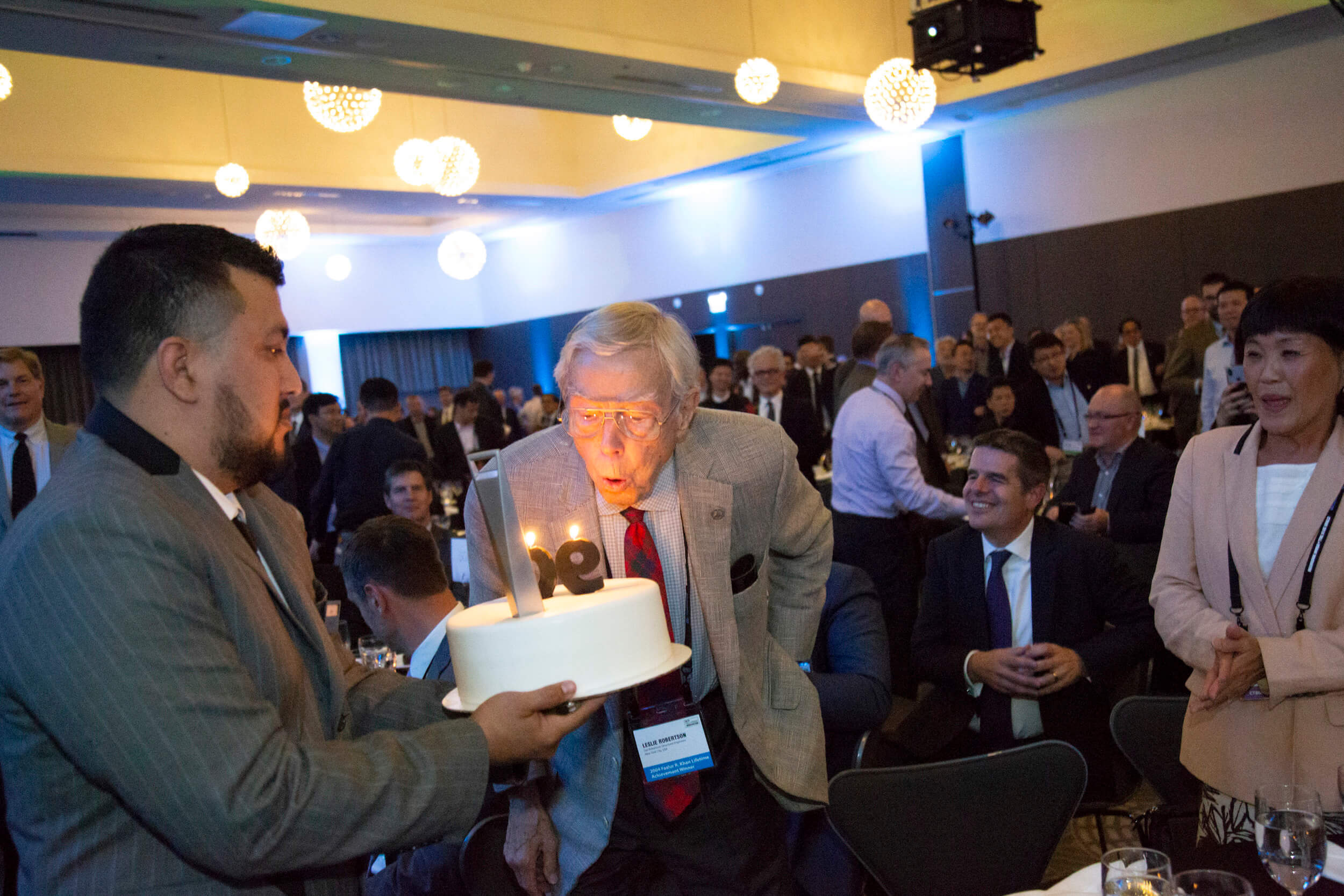
From 1985 through 1990, Robertson also served as chairman of the Chicago-based Council on Tall Buildings & Urban Habitat (CTBUH). “It’s fair to say that there was likely not a more-liked Chairman, or someone with more longevity of involvement, than Les. To say he will be missed is, quite literally, a towering understatement,” said, Antony Wood, CEO of CTBUH, in a tribute posted on the nonprofit’s website.
In 2001, Robertson was presented with the American Institute of Steel Construction (AISC)’s J. Lloyd Kimbrough Award, an honor named after the organization’s first president. Recognizing the pinacle of steel designers, Robertson is only one of three people to receive the award since 2000.
“Les had such a cordial influence on others, including for me personally,” said Charles J. Carter, SE, PE, PhD, president of the AISC, in a statement provided to AN. “I first met him as an undergraduate student when he agreed to meet for a morning to discuss his recently completed Bank of China building. He made the whole concept of the building lateral system clear to me (as a student!) in about 20 minutes with just a few sketches and a brilliantly simple physical experiment that proved he found a creative way to eliminate column bending.”
“We’ve lost a giant whose work will continue to speak volumes for generations to come,” Carter added.
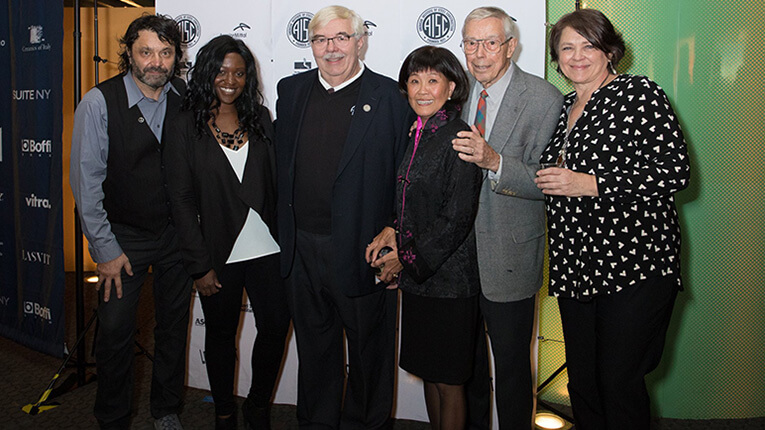
Robertson’s revolutionary work on the World Trade Center—and how he had been haunted by the catastrophic events of September 11, 2001—was the subject of an intimate feature-length documentary titled Leaning Out. Co-directed by Basia and Leonard Myszynski, the film premiered at the 2018 Architecture & Design Film Festival in New York.
Numerous tributes and obituaries published since Robertson’s death have painted him as a devout pacifist and anti-war activist who active in the group Architects/Designers/Planners for Social Responsibility.
“My sense of grief and my belief that I could have done better continue to haunt me,” he wrote in a passage from his 2017 memoir, The Structure of Design: An Engineer’s Extraordinary Life in Architecture, shared by the New York Times in its obituary. “Perhaps, had the two towers been able to survive the events of 9/11, President Bush would not have been able to project our country into war. Perhaps, the lives of countless of our military men and women would not have been lost. Perhaps countless trillions of dollars would not have been wasted on war. Just perhaps, I could have continued my passage into and through old age, comfortably, without a troubled heart.”
Robertson leaves behind a wife, fellow structural engineer and former LERA partner SawTeen See, as well as children and grandchildren.
Following this remembrance, AN plans to publish a more in-depth look at Robertson’s remarkable life and career in the coming days.









